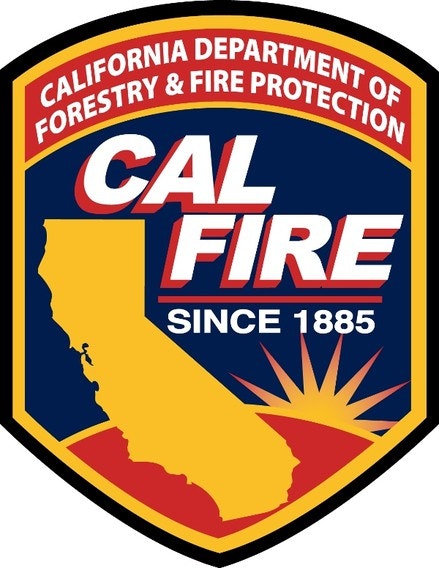Tree Mortality in Calaveras County: CCWD’s Role
For information about the countywide effort to address tree mortality, visit the Calaveras County Tree Mortality Task Force website.

If you are very low income and cannot afford to remove trees on private property that you own, you may quality for the United States Department of Agriculture’s Single Family Housing Repair Loans & Grants program. You may qualify for a grant of up to $7,500 and a 1% interest loan for up to $20,000. Click here for program details. Click here for information about whether your qualify based on income.

After an unprecedented four-year drought, coniferous forests throughout the Sierra Nevada Mountains have become highly susceptible to attacks from bark beetles. Over the past few years, California has seen mass tree death in the southern Sierra. However, the wave of tree mortality is moving northward, and Calaveras County was added to the priority list for Gov. Jerry Brown’s Tree Mortality Task Force in April. At last count, more than 700,000 trees are dead in Calaveras County. Statewide, that number is closer to 66 million since 2010. Once the beetles have passed through an area, the dead trees left behind become serious hazards, one of which is wildfire – see Cal Fire’s video here. Mitigating these hazards is a task shared by federal government, state, county and private property owners. Click here for U.S. Forest Service information. Click here for PG&E information. Click here for Cal Fire information.




CCWD is a member of the Tree Mortality Task Force in Calaveras County, and the District is actively surveying the properties it owns to identify trees killed by beetles that threaten facilities. The first step in this process is to have a certified arborist confirm that a tree was killed by beetles. Upon confirmation, the tree’s location is recorded using GPS coordinates. Finally, CCWD must have a certified arborist remove the tree. Up to 75% of these costs are reimbursable through the California Office of Emergency Services. If a private property owner is unsure whether a hazardous dead tree is on CCWD property, the District’s asks them to call Customer Service at (209) 754-3543.
Finally, under CCWD’s current water conservation policy, District customers are allowed to water forest trees in hopes of giving them a better chance of fighting off attacks from beetles. For more information about saving trees, see this post from Cal Fire. Please note that Blue Lake Springs Mutual Water Company is separate from CCWD and it is currently not allowing customers to water trees. Because the drought is not over and state policy may change at any time, the District encourages customers to consult an expert before watering trees to ensure water is being used wisely and efficiently.
